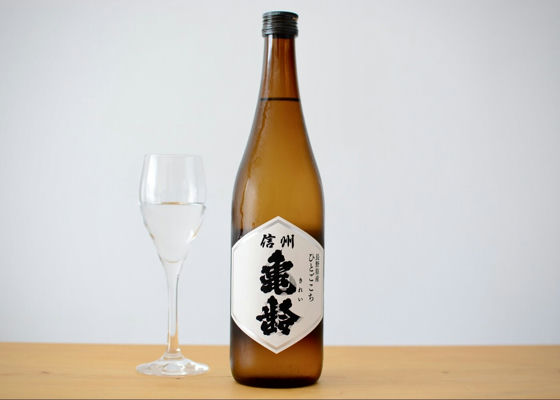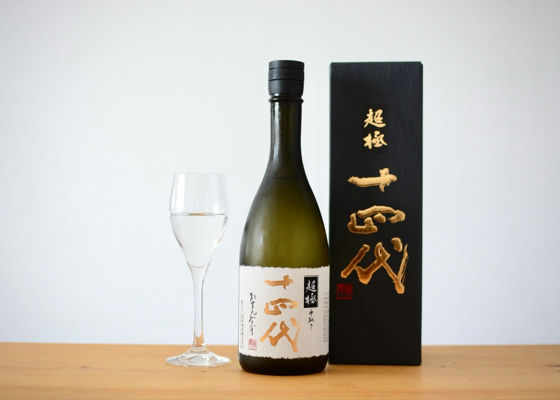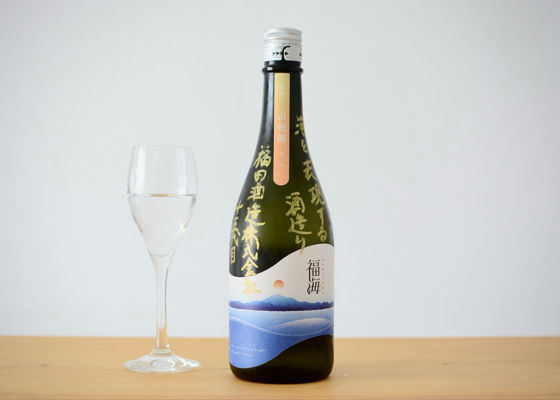Koeigikuメリー・クレッセント



Hori
We received a Merry Crescent from Koei Chrysanthemum.
This is my favorite Koei Kiku Christmas label.
It's a new product released for the first time this year.
The label depicts Santa Claus riding in a sleigh with a bottle of sake.
My stockpile has grown so large that I am chronically late in drinking seasonal sake, but I try to be on time for these events.
This Merry Crescent was opened 17 days after purchase, which is unusually early for me.
I was scared to open the bottle because of the warning tag, so the bottle did not pop, but I could feel the gas pressure in the bottle.
When poured into a glass, a pleasant bubbly foam appeared.
The taste has juicy apple nuances.
It has a good degree of ooziness and a rich flavor.
Although not as sparkling as a sparkling wine, it has a slightly carbonated gasiness, making it easy to pair with Western-style meals such as carpaccio and roast beef.
This is a perfect bottle for a Christmas party.
Japanese>English
ジェイ&ノビィ
Good morning, Hori 😃.
Timely Hori Chrysanthemum's new 🎄‼️
I haven't bought it because I thought it might be too sweet 😅. I haven't bought it 😅I guess it's not that sweet? Looks delicious 😋.
Japanese>English
























































